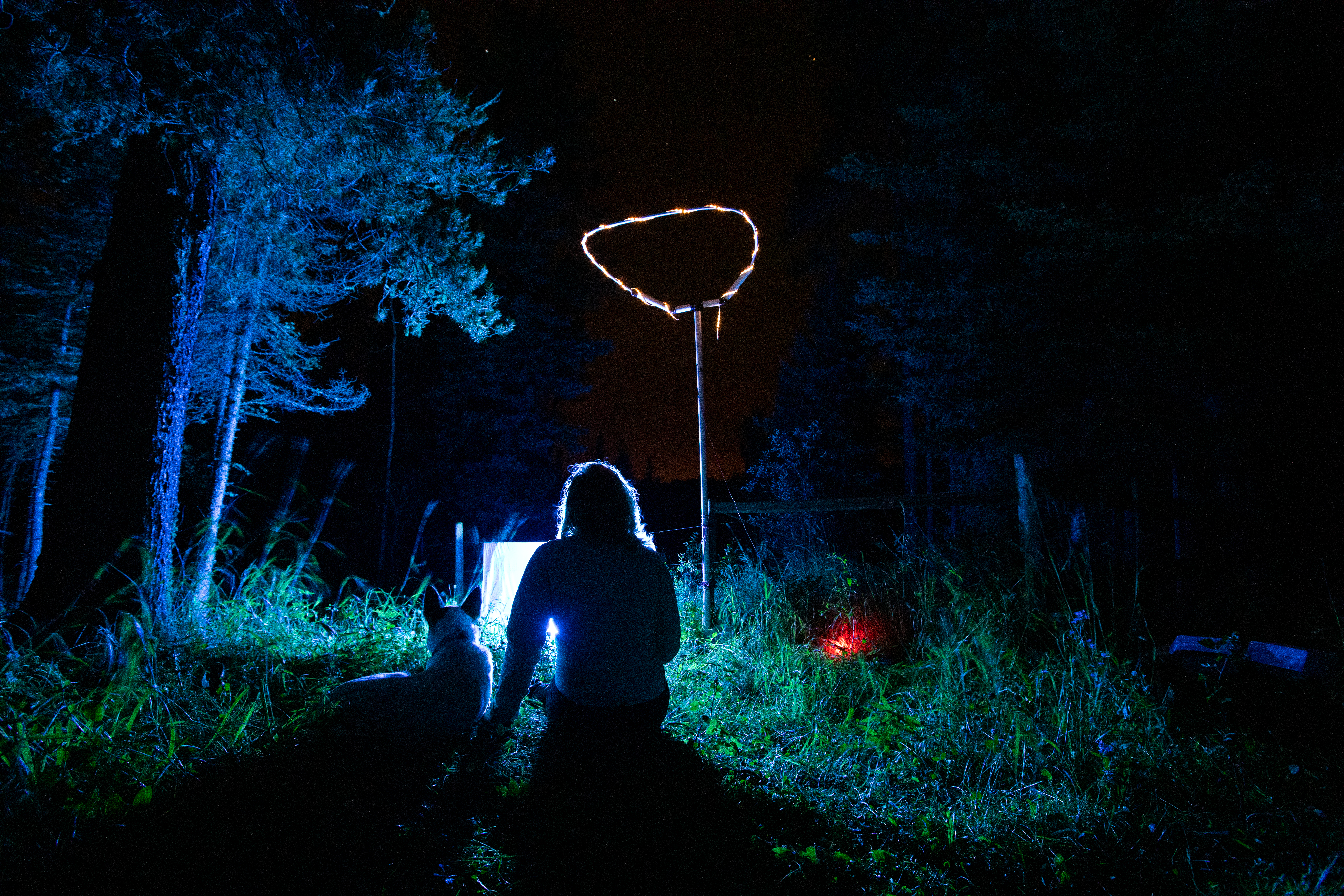Winifred Frick and colleagues share their latest research that tested a novel conservation approach targeted at improving foraging conditions near bat hibernacula with the overall aim of improving habitat conditions that can aid population resilience and recovery.
Can we make them fatter? This was the million-dollar question that started the Fat Bat program at Bat Conservation International (BCI). It took a couple years of trial, error, data collection, data analysis, and then finally, some positive results.
White-nose Syndrome (WNS) is a fungal disease that is decimating bat populations across the United States and Canada. Little brown bats (Myotis lucifugus), tricolored bats (Perimyotis subflavus) and northern long-eared bats (Myotis septentrionalis) have lost 90% of their populations to the disease.
WNS is most devastating in the winter when bats are hibernating, surviving only off the reserves of food from the fall. But fighting off WNS causes bats to wake throughout hibernation, depleting calories, and increasing the risk of starvation, dehydration and death.
Therefore can we make bats fatter to help them survive WNS?

BCI research has shown that fatter bats are more likely to survive WNS through hibernation, their most vulnerable timeframe. So how do you get a bat to eat more before the winter? It’s not as simple as adding trout to a river, for say- grizzly bears. We need thousands of insects to hang out near bat roosts over the span of weeks.
To create the prey patches, BCI scientists had to get creative. The idea was to use ultraviolet (UV) light targeted near bats’ winter dwellings, increase the density of insects in the area and provide a bug buffet. Then it’s up to the bats.

In Michigan’s Upper Peninsula, the team set up UV lights outside of abandoned copper mines that now serve as hibernacula of little brown bats. To understand whether the bats ate at these prey patches, the researchers measured feeding buzzes – literal buzz sounds bats make when feeding. After a buzz-filled fall and spring, the results were stunning.

The study shows that the little brown bats ate significantly more before and after hibernation at the prey patches.
What we found is that bats ate 3-8 times more than normal when presented with these bug buffets.
BCI Chief Scientist, Dr. Winifred Frick
The release of this report comes as bats prepare to emerge from hibernation and female bats ready themselves to migrate to maternity roosts to give birth. While insect prey patches are unlikely to be a long-term management strategy, this experiment provides evidence that supports management strategies focused on habitat protection, including restoration and enhancement of habitat in the immediate vicinity of bat hibernation areas.
Fat bats for the win!
Read the full article: “Bats increased foraging activity at experimental prey patches near hibernacula” in Issue 4:1 of Ecological Solutions and Evidence.
Blog post by Rachel Harper, Bat Conservation International
Contributors to this research include Bat Conservation International; the Department of Ecology and Evolution (University of California Santa Cruz); the Department of Biology and Centre for Forest Interdisciplinary Research (University of Winnipeg); the Cooperative Fish and Wildlife Unit, School of Natural Resources (University of Nebraska-Lincoln); the Department of Biology (Texas A&M University); the Michigan Department of Natural Resources; and the Electric Power Research Institute.
